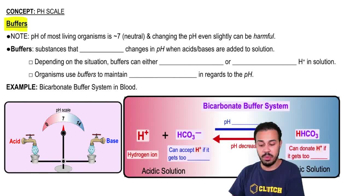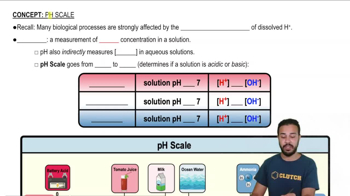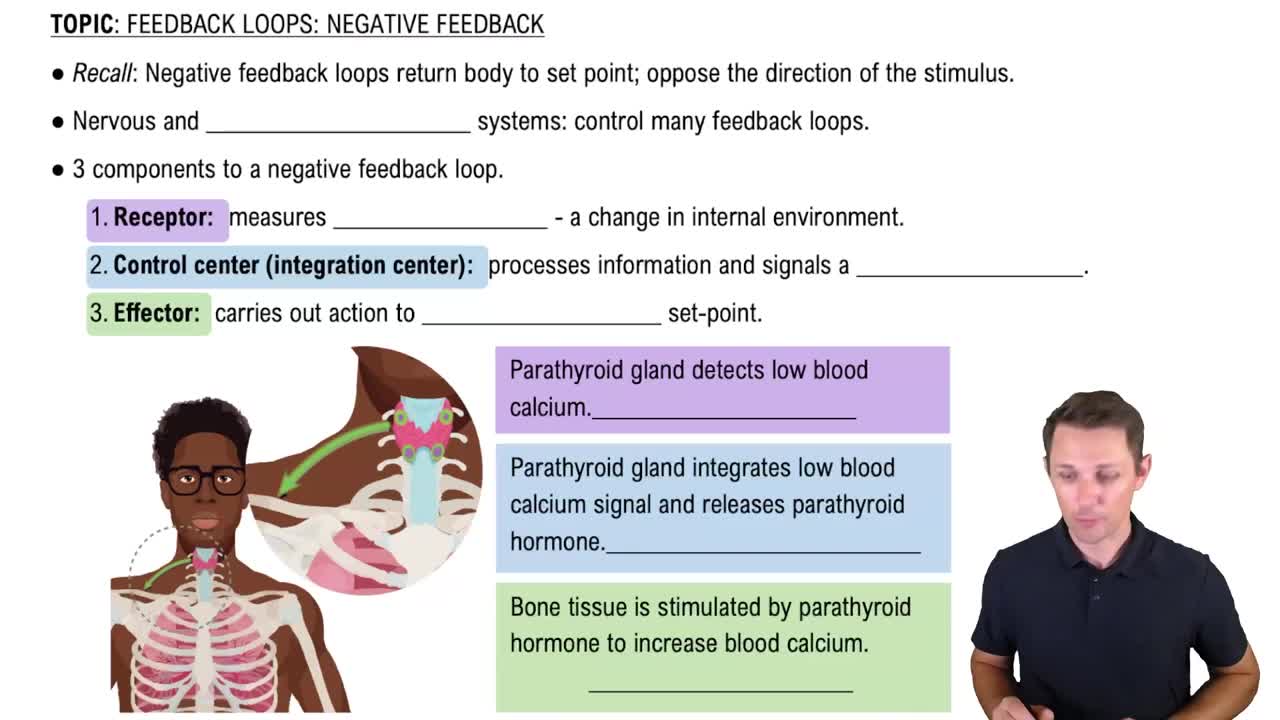Textbook Question
A can of cola consists mostly of sugar dissolved in water, with some carbon dioxide gas that makes it fizzy and makes the pH less than 7. In chemical terms, you could say that cola is an aqueous solution where water is the _________ , sugar is a _________ , and carbon dioxide makes the solution _________ .a. solvent . . . solute . . . basicb. solute . . . solvent . . . basicc. solvent . . . solute . . . acidicd. solute . . . solvent . . . acidic
1902
views






